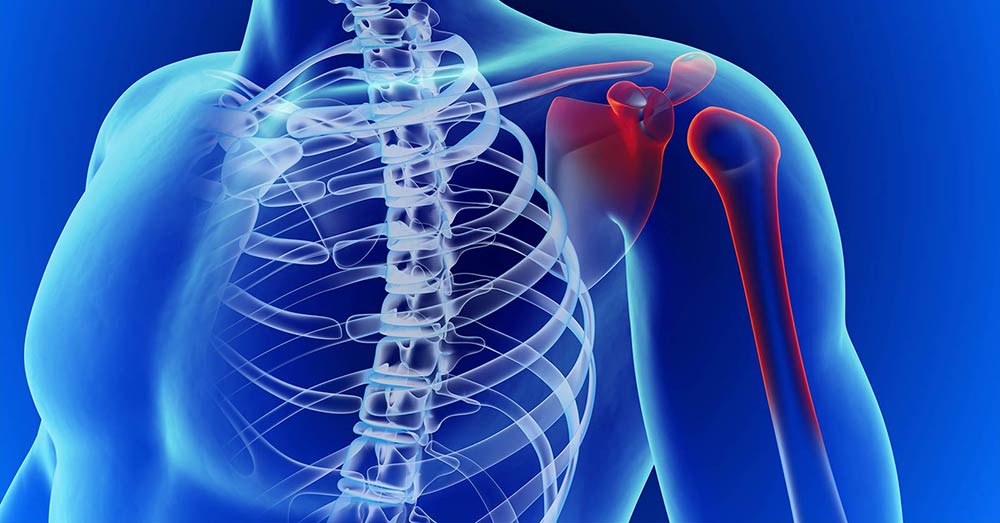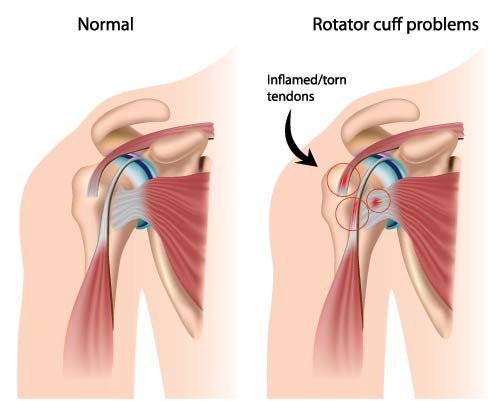Contact us today for a consultation with one of our physicians.


Arthroscopy is commonly used for treatment of diseases of the shoulder including subacromial impingement, acromioclavicular osteoarthritis, rotator cuff tears, frozen shoulder (adhesive capsulitis), chronic tendonitis, removal of loose bodies and partial tears of the long biceps tendon, SLAP lesions and shoulder instability. The most common indications include subacromial decompression, bankarts lesion repair and rotator cuff repair. All these procedures were done by opening the joint through big incisions before the advent of arthroscopy. Arthroscopic shoulder surgeries have gained momentum in the past decade. "Keyhole surgery" of the shoulder as it is popularly known has reduced inpatient time and rehabilitation requirements and is often a daycare procedure.
Arthroscopy (also called arthroscopic surgery) is a minimally invasive surgical procedure on a joint in which an examination and sometimes treatment of damage is performed using an arthroscope (a camera that is inserted into the joint through a small incision). Arthroscopic procedures can be performed to evaluate or treat many orthopaedic conditions including torn cusioning cartilage (“meniscus tear”), torn surface (articular) cartilage, ACL (anterior cruciate ligament) tear, and other internal derangements of the knee.
The advantage over traditional open surgery is that the joint does not have to be opened up. For shoulder arthroscopy only two small incisions are made, one for the arthroscope and one for the surgical instruments to be used in the shoulder cavity. This reduces recovery time and may increase the rate of success due to less trauma to the connective tissue. It is especially useful for professional athletes, who frequently injure knee joints and require fast healing time. There is also less scarring, because of the smaller incisions. Irrigation fluid is used to distend the joint and make a surgical space.
The surgical instruments are smaller than traditional instruments. Surgeons view the joint area on a video monitor, and can diagnose and repair torn joint tissue, such as ligaments and menisci or cartilage. It is technically possible to do an arthroscopic examination of almost every joint, most commonly the knee, shoulder, elbow, wrist, ankle, foot, and hip.
For more information about Shoulder Arthroscopy in the Los Angeles and Beverly Hills, CA area please contact us at 855-SOMA-844 (855-766-2844).